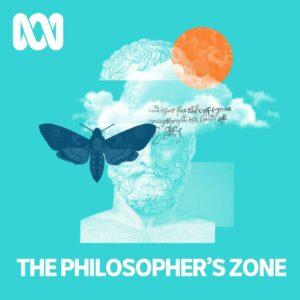Intro
In this episode of Startalk Radio, host Neil deGrasse Tyson interviews Jason Rhodes from JPL about the dark universe and the Euclid mission. They discuss the nature of dark energy, the role of telescopes in studying it, and the upcoming Euclid mission’s goal to generate a 3D map of the universe. Join them as they explore the mysteries of dark matter and dark energy.
Main Takeaways
Dark Energy and its Dominance
- Dark energy is the name given to our ignorance of what’s causing the universe to expand faster and faster over time.
- Dark energy is the dominant component of the universe and is only going to become more dominant over time in the future.
- 10 billion years ago, dark energy was a very small component of the universe, but now it’s the dominant component.
- In the future, the universe will be completely dominated by dark energy.
Telescopes and Balloons in Dark Energy Research
- Balloons are used to detect dark energy and can provide valuable information about the universe.
- The Nancy Grace Roman Space Telescope will be used to push back measurements of dark energy to a redshift of about two.
- Roman’s telescope will join Euclid Space Telescope to look for dark energy using weak gravitational lensing and baryon acoustic oscillations.
- Telescopes are sent to space to avoid the Earth’s atmosphere which causes stars to twinkle.
- NASA and other space agencies use balloons to take telescopes to the edge of the atmosphere for observations above most of the atmosphere.
Theories and Discoveries in Dark Energy
- Some physicists do not like the theory of dark energy as it violates the conservation of energy.
- Theories for what dark energy might be include a new force, a property of space-time, or some mysterious particle.
- Scientists make discoveries through unexpected results, not just “Eureka” moments.
- Scientists are thrilled when their experiment shows something unexpected, like the discovery of dark energy 25 years ago.
The Euclid Mission and Dark Matter
- The Euclid mission aims to generate a 3D map of the universe to see how it has evolved over time.
- Euclid will produce a map of dark matter over a third of the sky, including the great attractor and thousands of other dark matter conglomerations.
- Redshift space distortions will be used to study the movement of galaxies and the structure of where all the gravity is locally, providing information about the properties of dark energy in the universe.
- Dark matter interacts with gravity and dark energy, so studying it can help us learn about dark energy.
Summary
Dark Energy and its Dominance
Dark energy is the mysterious force causing the universe to expand faster and faster over time. It is the dominant component of the universe and will continue to become more dominant in the future. Understanding the nature of dark energy is crucial to unraveling the secrets of the universe.
Telescopes and Balloons in Dark Energy Research
Telescopes, both in space and on balloons, play a crucial role in studying dark energy. The Nancy Grace Roman Space Telescope and the Euclid Space Telescope will work together to observe dark energy using various techniques such as weak gravitational lensing and baryon acoustic oscillations. By avoiding Earth’s atmosphere, telescopes can provide clearer observations and valuable data.
Theories and Discoveries in Dark Energy
Scientists have proposed various theories to explain dark energy, including new forces, properties of space-time, or mysterious particles. The discovery of dark energy was unexpected and has fueled excitement in the scientific community. Scientists continue to explore and rule out theories to determine the most plausible explanation for dark energy.
The Euclid Mission and Dark Matter
The Euclid mission aims to generate a 3D map of the universe, focusing on dark matter. By studying the movement of galaxies and the structure of gravity, scientists can gather valuable insights into the properties of dark energy. Dark matter, which interacts with both gravity and dark energy, provides a key avenue for understanding the nature of dark energy.
Conclusion
The study of dark energy and dark matter is a fascinating and ongoing endeavor in astrophysics. The upcoming Euclid mission, along with other telescopes and instruments, promises to unlock more secrets about the nature of the universe. By pushing the boundaries of our understanding, scientists are inching closer to unraveling the mysteries of the dark universe.
